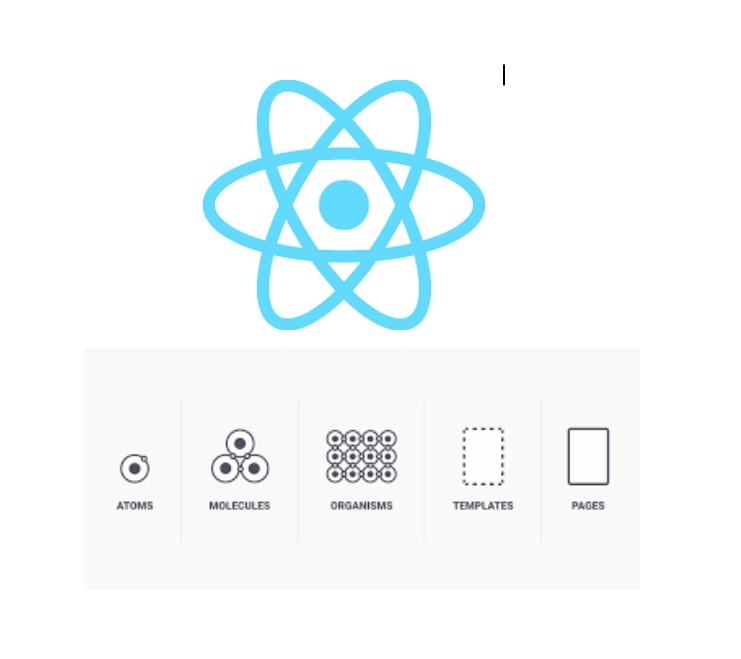Unlocking the Power of Atomic Design System with React
 Cindy Muthoni
Cindy Muthoni
In the ever-evolving landscape of web development, the need for scalable and maintainable design systems has become paramount. Enter Atomic Design, a methodology that breaks down user interfaces into smaller, reusable components. When coupled with React, a JavaScript library for building user interfaces, Atomic Design becomes a powerhouse for creating flexible and efficient UIs.
Why Atomic Design.
Atomic design promotes a structured and systematic approach to building design systems, resulting in more consistent, scalable, and efficient products.
Understanding Atomic Design
Atomic Design, coined by Brad Frost, is a methodology that views UIs as a composition of smaller, atomic elements. These elements are categorized into five distinct levels:
1.Atoms: The basic building blocks of a UI, such as buttons, input fields, and labels.
2.Molecules: Combinations of atoms that form more complex components, like a form field consisting of a label, input, and button.
3.Organisms: Groups of molecules working together to fulfill a specific function, such as a navigation bar or a search form.
4.Templates: Higher-level structures that define the layout and arrangement of organisms on a page.
5.Pages: Instances where templates are populated with real content, resulting in actual user interfaces.
This hierarchical structure allows for better organization, reusability, and scalability of UI components.
Integrating Atomic Design with React
React’s component-based architecture aligns seamlessly with Atomic Design principles. Each level of the Atomic Design hierarchy maps neatly to React components:
- Atoms can be represented by simple React components that encapsulate basic UI elements.
- Molecules are composed of multiple atom components, creating more complex UI elements.
- Organisms consist of groups of molecules and atoms, representing self-contained UI sections.
- Templates are essentially React components that define the layout structure, rendering organisms in a specific arrangement.
- Pages correspond to React components that serve as the entry points to the application, rendering templates with real content.
Implementation
Let’s dive into a practical example to demonstrate how Atomic Design can be implemented in React.
1.Atoms:
- Create separate React components for each atomic element (button, input, etc.).
- Style these components using CSS-in-JS solutions like Styled Components or Emotion, or with a CSS framework like Bootstrap.
// Atom - Button.js
import React from 'react';
const Button = ({ onClick, children }) => {
return (
<button onClick={onClick}>
{children}
</button>
);
};
export default Button;
Subscribe to my newsletter
Read articles from Cindy Muthoni directly inside your inbox. Subscribe to the newsletter, and don't miss out.
Written by
